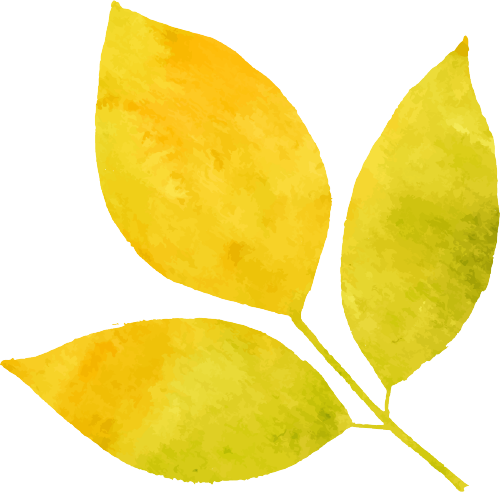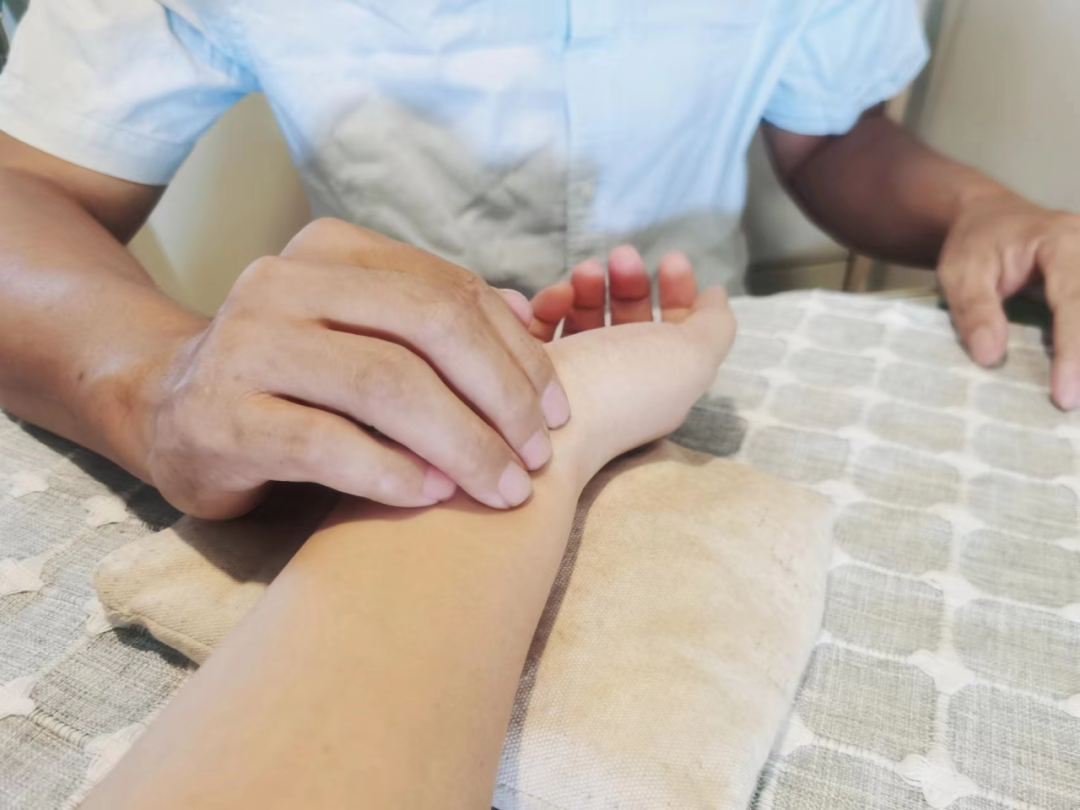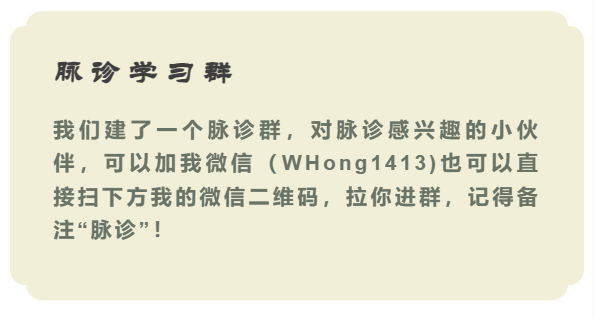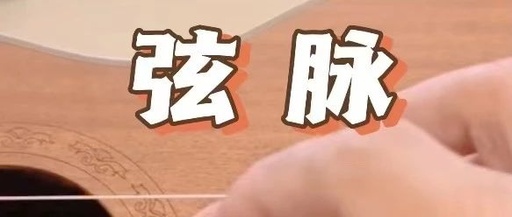Pulse
Diagnosis
Learning
Study


His father, dedicated to the study of pulse diagnosis, is someone who can thoroughly delve into a subject.
Origin of the Pulse Diagnosis Learning Column:
Recently, his father opened an account on Douyin and has been gradually posting his recorded pulse diagnosis videos, which have received good views, likes, and collections, accumulating several thousand followers.
As someone who usually prefers the small red tongue, I suggested he post the pulse diagnosis videos on Xiaohongshu. So, on around September 20, he registered an account, and in less than ten days, he gained over 5,000 followers.
These pulse diagnosis videos are ones he spent considerable time and effort recording. Although the recording quality is rough and unprofessional, the content has been meticulously refined to be both vivid and easy to understand.
His videos are completely different from other pulse diagnosis learning videos; he uses very tangible materials to compare various pulse types. The application of TCM’s symbolic thinking in pulse diagnosis allows the sensation of feeling the pulse to instantly become comparable to a physical object, making learning both interesting and easy to grasp.
Thus, every time he posts a video, the click-through rate is particularly high, indicating a strong interest and welcome from the audience.
However, Xiaohongshu has strict regulations regarding TCM content; when a video goes viral, it is often deemed a violation, leading to account restrictions and bans. Currently, there are still over 6,000 followers on Xiaohongshu, but he cannot post pulse diagnosis learning videos anymore. They suggested we start a public account, as posting there would not be considered a violation.
I thought it would be great to create a dedicated column for pulse diagnosis learning, which would also categorize his pulse diagnosis videos, definitely a very valuable endeavor.


Learning Pulse Diagnosis: The String Pulse
The string pulse is one of the easiest pulse types to identify, straight and resilient like a guitar string. Feel it. If the patient exhibits this pulse on the left hand, it indicates blood stasis within the body; if on the right hand, it suggests phlegm-dampness leading to stasis. It is advisable to use pungent and bitter herbs for treatment, as TCM states: pungent can disperse stasis, and bitter can drain dampness.
If the patient’s pulse is string-like but becomes soft, thin, and lacks rebound, it is referred to as a string-thin pulse or string-small pulse, indicating not only blockage but also deficiency of qi and blood, or excessive blood loss. In terms of herbs, not only pungent herbs are needed, but also nourishing herbs to replenish.
The most concerning situation is when a string pulse is both thick and hard, lacking elasticity, indicating a loss of stomach qi. If someone around you exhibits such a pulse, seek professional treatment promptly.




